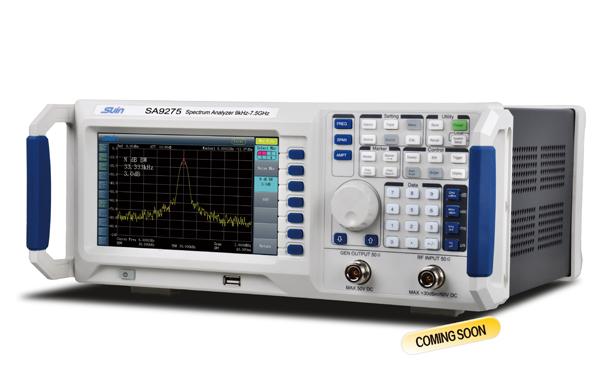

First, set the corresponding center frequency, span and reference level according to the size of the measured small signal; then gradually reduce the attenuation value, if the Spectrum Analyzer does not have an overload indication; if the small signal is measured at this time When the noise ratio is less than 15db, the rbw is gradually reduced. The smaller the rbw is, the lower the noise floor of the spectrum analyzer is, and the higher the sensitivity is.
If the spectrum analyzer has a preamplifier, turn on the preamp. Pre-release allows for improved noise figure of the spectrum analyzer, which increases sensitivity. For small signals with low signal-to-noise ratio, vbw can be reduced or trajectory averaging can be used to smooth out noise and reduce fluctuations.
It should be noted that the spectrum analyzer measurement result is the sum of the external input signal and the internal noise of the spectrum analyzer. To make the measurement result accurate, the signal-to-noise ratio is usually required to be greater than 20 db.
If you want to Wholesale Spectrum Analyzer, welcome to contact us!

Jul. 10, 2025
Common Uses and Types of Signal GeneratorsJun. 13, 2025
Power Quality Analyzers: SA2100, SA2200, and SA2300 – Which One Fits Your Workflow?May. 14, 2025
Stopwatch Calibrator Uses in Aerospace, Automotive and Labs